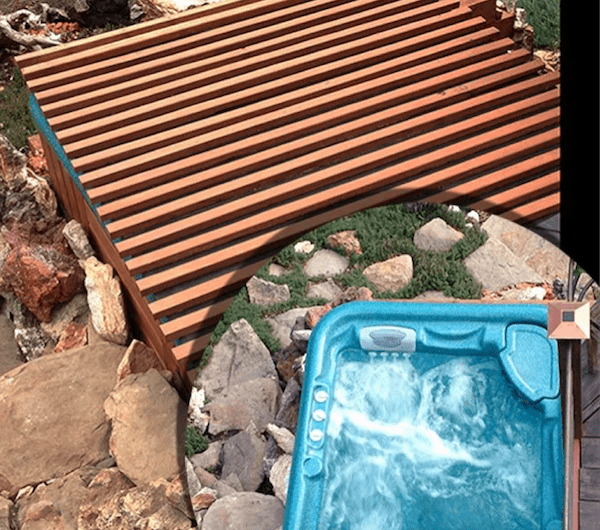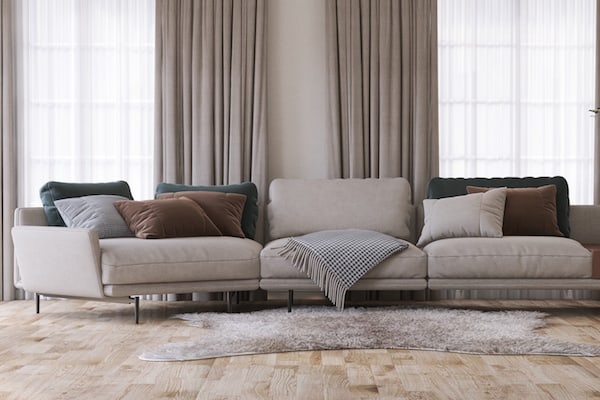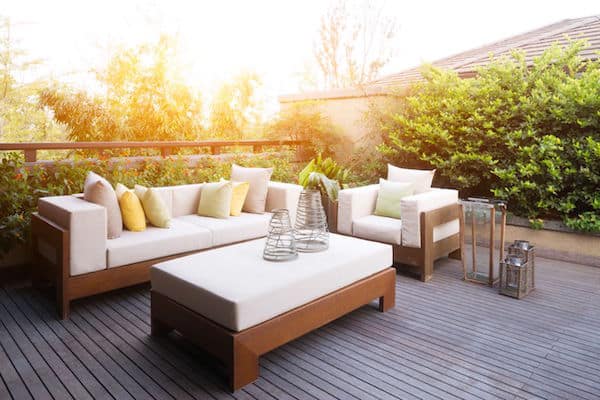DIY Jacuzzi Hot Tub Cover: What You Need to Know BEFORE You Start
Many people who own jacuzzi hot tubs leave them behind when they sell their homes. The cost and work involved with moving hot tubs are usually not worth it. Although the hot tub is often still in decent shape, the same cannot be said for the hot tub cover. In many cases, old hot tub covers are thick and soggy when they get wet, making them difficult to lift. Some of these used hot tub covers show signs of mold at the seams. If you inherit a used hot tub with your new home, you’ll probably be excited — until you see the sad state of the hot tub cover.
Or perhaps you’re the original owner of a hot tub that needs a new cover. Hot tub spa covers are expensive. Depending on the age of your hot tub, you may be wondering if it’s worth replacing the cover. After all, why spend the money to replace your roll-up hot tub cover or flex cover if you’re going to be replacing it soon with a different jacuzzi that the cover might not fit?
The good news is that you can build a do-it-yourself (DIY) hot tub cover for a fraction of the cost. There are many options for materials and construction methods, and the right type of cover depends on several factors. This article includes helpful information to know before you start your DIY spa cover project along with some hot tub cover ideas to inspire you.









